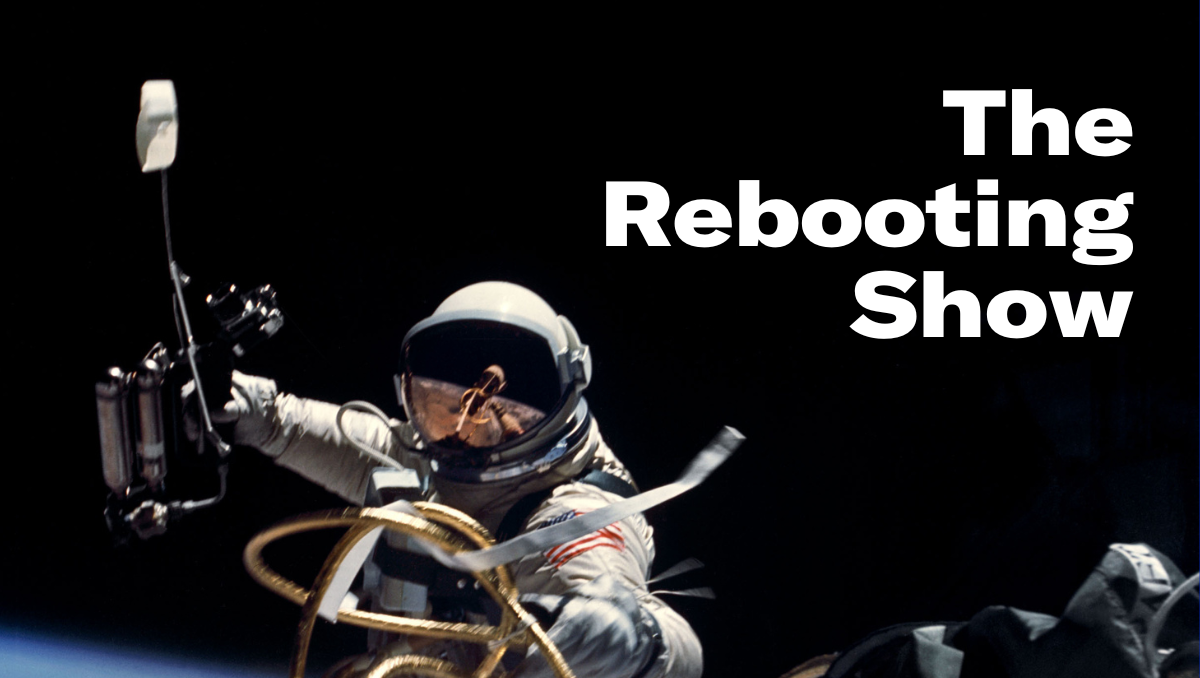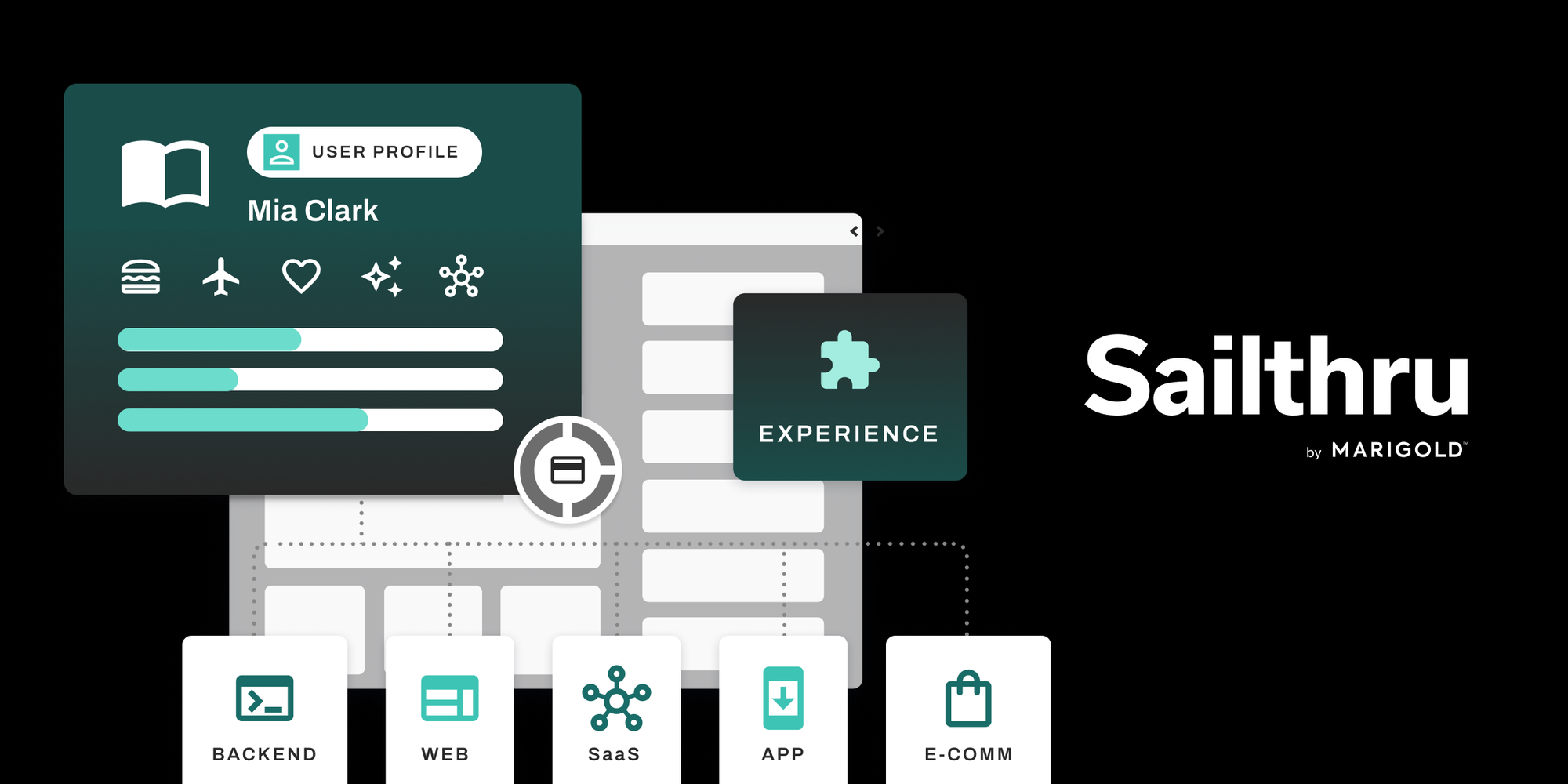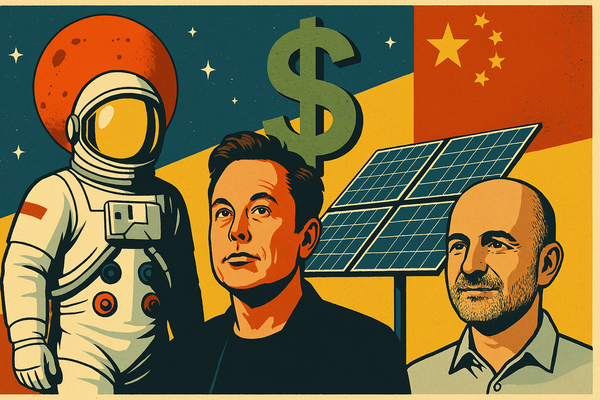The niche-down playbook
A conversation with The Daily Upside’s Patrick Trousdale

A couple things to know about:
- The Rebooting’s next online forum, sponsored by Marigold, will discuss how Metro UK successfully uses dynamic content, preference-based onboarding, and first-party data to improve performance and build loyalty. The interactive discussion will take place on April 23 at 1pmET. Register
- Heading to Possible? I’m co-hosting a Tastemakers dinner in Miami Beach on April 28 with Sociology of Business’s Ana Andjelic to discuss how marketers are navigating a culture shaped by algorithms. Thanks to 1440 for supporting this dinner and discussion, which will be at one of my favorite restaurants in Miami. We have a couple spots still open. If you’re a marketer or agency exec, register your interest to attend.
Today: A conversation with Daily Upside CEO Patrick Trousdale on niching down and Quartz becomes the latest zombie brand with more to come.

Turn readers into loyal subscribers

First-and zero-party data aren’t just buzzwords. They’re the key to building direct, high-value relationships. Learn how top publishers capture audience insights and drive loyalty without relying on third-party cookies.
Niching down
One of the key macro trends in the media business is the incentives have shifted from broad-based audience strategies to reward going narrow and deep. That’s sometimes described as niching down. The market tends to reward the more specific the focus area.
There are two paths here. You can just focus on a narrow audience segment from the start. This is effective for individuals with newsletters or podcasts. In fact, that’s a better approach. Better to write a Substack on trade economics than just general economics. Better to focus on product management than “tech strategy.
The other approach is to build a broader audience, even if focused on a subject area already, and subdivide it further. This is more in line with the Politico model. Politico was the envy of many for building a high-impact broad media brand, relatively speaking, and then niching down into high value segments with Politico Pro.
The Morning Brew approach is instructive. It built a massive newsletter list on general business news. In the lore of the founding story, it was to be like The Wall Street Journal but less boring. (Side note: I highly recommend the recent My First Million episode featuring Sam Parr in conversation with Morning Brew founders Alex Lieberman and Austin Rief.) Funneling that audience into high-value B2B categories is something like audience alchemy. The same person’s LTV shoots up because they are not just a general business news consumer but a marketer or HR executive.
This is an approach The Daily Upside is taking. It launched early in the newsletter boom in 2019 with a fairly broad remit as a newsletter for business, finance and investing.
In 2022, The Daily Upside began its niching down process by buying Patent Drop, a niche newsletter for tracking patent filings. It started spinning out its own niche properties in 2023 like Power Corridor. Its niche strategy now centers on professional audiences with Advisor Upside, ETF Upside and Advisor Upside. Patrick says Advisor Upside, for example, has 75,000 subscribers, representing one in four financial advisors in the country. A fourth is in the works.
“We learned that our core audience was financial services professionals,” he said. “These were our most loyal readers, and they were already in our ecosystem. We just needed to build the right products around them.”
The shift to going narrower and deeper has meant shifting spending priorities. Many newsletters pour much of their margin back into growth. The Daily Upside has cut marketing spending in half since 2022, Patrick said.
What’s noteworthy is that The Daily Upside is instead betting on journalism to differentiate itself in these categories rather than relying on aggregation/curation like many newsletters.
“Hiring someone with a brand in the vertical matters,” he said. “Journalists are the product in B2B.”
Zombie brands
Jim Spanfeller has a point: It’s very difficult to kill off media brands. They don’t die, they just get harvested for their remaining IP value, email lists and SEO juice.
This is the fate for many formerly high-flying brands. Vice might be back to print, but the playbook run by its new owners is firmly in the “harvesting” category. This is about maximizing value, nothing more or less. Hell, AOL still spits off $400 million in EBITDA. Private equity will always find meat on the bones.
Quartz is the latest to shuffle off to the brand hospice. It was sold off for the fourth time in seven years. Its new owner is a Canadian company, Redbrick. The site has two employees.
This is an ignominious end state for a brand that was born with tremendous promise and fanfare in 2012. It was an ambitious digital media bet by The Atlantic with high-profile backing from David Bradley, Justin Smith, Jay Lauf and Zach Seward.
Now leading AI editorial initiatives at The New York Times, Zach lamented Quartz’s fate as a “zombie brand.” He had led a management buyout of the brand in 2020.
I followed Quartz closely because it was not just highly ambitious, but it was innovative. It would try new things all the time. It tried to avoid the banner industrial complex. It reimagined its news app as a chatbot six years before ChatGPT.
What it didn’t do is make money. The old magazine playbook of losing money for years before turning the corner is not fit for purpose anymore. In Zach’s telling, Quartz lost $40 million from its founding in 2012 until 2018, when Japanese tech firm Uzabase bought it for $86 million.
The harvesting process is offensive to many in the media business. Few people go into the media business as a purely economic decision. It’s not the most direct path to maximizing wealth accumulation. But there are many motivations in life, and building media properties is rewarding. That makes the profession split crudely between what Zach sees as idealists and cynics. (The operations people would recast cynicism as realism.)
Zach places blame at the feet of G/O Media for its haphazard PE playbook, which he sees as “the most cynical move in media.” It is distasteful. It struck me during my conversation with Gawker founder Nick Denton that at least Gawker was only briefly exhumed and had its corpse paraded around. A dignified death is underrated.
Unfortunately, the current climate means more zombie brands. The buyers of media assets are euphemistically called “operators.” They are unsentimental and certainly not idealists, unless the ideal is to keep the carried-interest loophole intact.
The lesson from Quartz is that it’s better to be smaller and profitable than have 250 employees and consistently lose money. These kinds of deals will continue, only the real energy is in building smaller but self-sustaining properties that can operate independently of the PE scavengers.
Thanks for reading. Send me feedback by hitting reply.




